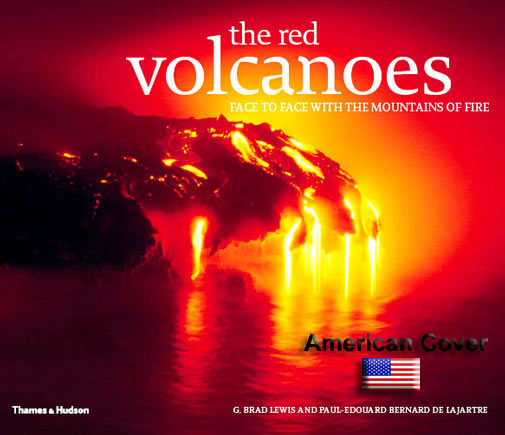|
|||||
Hawai'i Volcanoes National Park, established in 1916, displays the results of hundreds of thousands of years of volcanism, migration, and evolution—processes that thrust a bare land from the sea and clothed it with complex and unique ecosystems and a distinct human culture. The park encompasses diverse environments that range from sea level to the summit of the earth's most massive volcano, Mauna Loa at 13,677 feet. Kīlauea, one of the world's most active volcanoes, offers scientists insights on the birth of the Hawaiian Islands and visitors' views of dramatic volcanic landscapes. The park includes 505 mi² (1348 km²) of land. Ile de La RéunionLa Réunion n'est que la partie émergée d'une énorme construction volcanique de 7000m de hauteur reposant sur le plancher océanique à 4000m de profondeur. L'émergence s'est effectuée il y a environ 3 millions d'années.
|
|||||||||||||||||||||||||||||||
Paul-Edouard Bernard de Lajartre and G. Brad Lewis / Introduction by Alain Gerente and John P. Lockwood
|
|||||||||||||||||||||||||||||||
|
The most active volcanoes on earth are Kilauea in the Hawaii Volcanoes National park, seen by 3 million people every year, and, half a world away, its counterpart Piton de la Fournaise, on the French island of La Réunion in the Indian Ocean. They are characterized by extraordinary lava flows that travel great distances in a spectacular landscape. Together they form the focus of this dazzling photographic essay by two renowned photographers, Brad.G. Lewis and Paul-Edouard B. de Lajartre. “I use the movement, light and texture of volcanic activity to open human emotions to the pulse of the Earth. Nowhere else is creation happening on a continental basis at such a rapid rate. I find it crucial that there exist visual reminders that the Earth is alive and fulfilling an agenda of its own.” Brad Lewis “It is always said that Beauty is in the eye of the beholder, but is there on Earth anything more beautiful than a volcanic eruption?” Paul-Edouard B. de Lajartre |
|||||||||||||||||||||||||||||||


